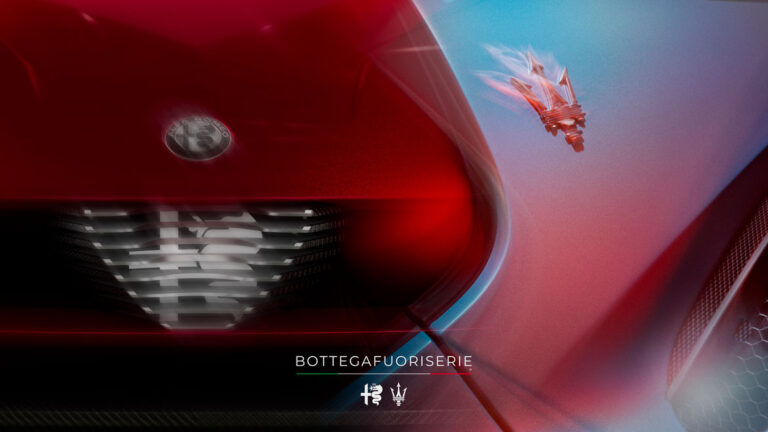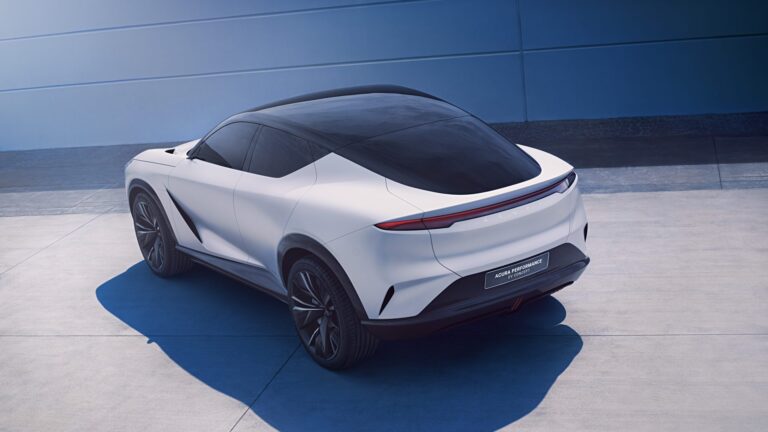Citroën is making affordability a priority. With the introduction of the new C3, it was celebrated as the modern, budget-friendly contender in the supermini segment, particularly after the discontinuation of the Ford Fiesta left a noticeable gap. Now, the C3 Aircross, its larger counterpart, has arrived, maintaining the same cost-effective appeal while offering increased practicality.
This second-generation crossover enters the competitive B-SUV segment as one of the most affordable options, with a starting price slightly above £20,000, yet equipped with a generous amount of standard features. Only the Dacia Duster, in its basic Essential trim, undercuts it at £18,000.
The range begins with the Plus trim at £20,240—£2,500 more than the smaller C3—and climbs to £25,740 for the top-tier Max trim, which includes luxuries such as heated seats. Unlike other Citroën models, a basic You! trim is not available in the UK, but given the car’s positioning, it could be introduced later.
Design & Styling
Citroën believes buyers of the C3 Aircross will be drawn more to its design than its driving characteristics, which explains its bold aesthetic transformation.
This second-generation model represents a significant departure from its predecessor. Design chief Pierre Leclercq described the new C3 Aircross and C3 as completely fresh designs that redefine their segment. Citroën is optimistic about attracting new customers with this approach.

As an elevated version of the C3, the C3 Aircross retains many of its smaller sibling’s visual cues, including the split headlight design, squared-off nose, and sculpted body panels. Notable differences include additional contrasting plastic beneath the numberplates.
Interior
The interior follows a similar approach, with a stylish yet budget-conscious design. The Max trim test car featured a visually interesting split dashboard centered around a 10.25-inch touchscreen.
As expected for a car with a value-focused positioning, there is a fair amount of hard plastic. However, Citroën has made efforts to enhance the cabin’s ambience with details like sofa-like fabric on the dashboard, ambient lighting, and playful labels featuring phrases like “be cool/have fun.” While a bit gimmicky, these add a touch of personality.
Despite being marketed as new, the touchscreen interface feels somewhat dated, and the lack of a physical volume knob is inconvenient—especially considering that other essential functions, such as climate control, still have physical buttons. The ability to disable the speed limit warning via a dedicated button is also a welcome feature, as the system is not always reliable.

Instead of a traditional instrument cluster, essential driving information is projected onto a slim display beneath the windshield. This setup is reminiscent of the old C4 Picasso and proves to be more practical than Peugeot’s i-Cockpit, as it remains clearly visible above the compact, square-shaped steering wheel.
Engines & Performance
The Smart Car platform enables both petrol and electric powertrains, with the latter designated as the ë-C3 Aircross.
Petrol variants include two powertrain options, both utilizing Stellantis’s familiar 1.2-liter turbocharged three-cylinder engine. The entry-level version delivers 99bhp and comes with a six-speed manual transmission, while a more powerful 134bhp hybrid variant incorporates an electric motor into a six-speed dual-clutch automatic gearbox.
The hybrid model offers a simple driving experience with a single drive mode and a fixed level of regenerative braking. It can operate on electric power at low speeds and for short distances.



